What do you think?
Rate this book


432 pages, Paperback
First published April 20, 2021
Daniel Boone had always despised, and would for the rest of his life, his outsize reputation as an Indian fighter. He maintained that dealing with belligerent Native Americans, whether via combat or negotiation, was for the most part a matter of luck and instinct. His rescue by Simon Kenton was evidence of the former, his quick thinking on the Licking River, the latter. He was vastly more proud of his ability to endure the burdens of a huntsman’s life with a seemingly preternatural stoicism. Now, it was as if the patience he had honed over a lifetime of stalking game through the deep woods was in anticipation of this moment. He would need that gift in the coming months.When I was a kid, one of my favorite possessions was a bona fide, official Davy Crockett coonskin cap. No actual raccoons suffered to create that bit of headgear. Disney had made several live-action films in the 1950s (TV mini-series’ really) celebrating Davey Crockett, King of the Wild Frontier. Crockett may have actually worn one that wild creatures suffered to provide. Daniel Boone preferred beaver hats. Although Crockett and Boone were born a half-century apart their deaths were separated by a mere sixteen years. But to young TV viewers in the 1950s the two seemed inseparable, played on the screen by the same actor, Fess Parker, wearing pretty much the same costumes, no doubt saving Disney some wardrobe expenses.
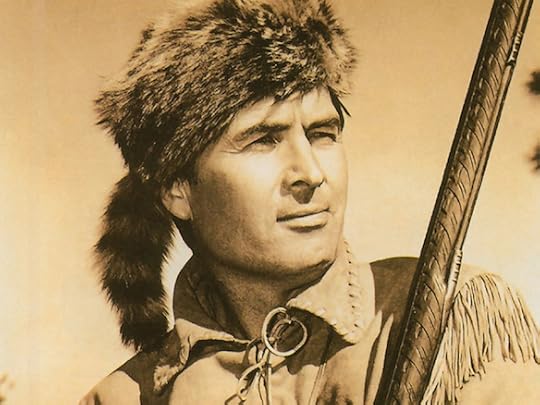
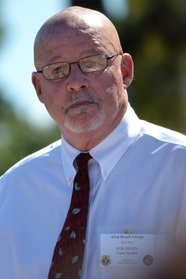
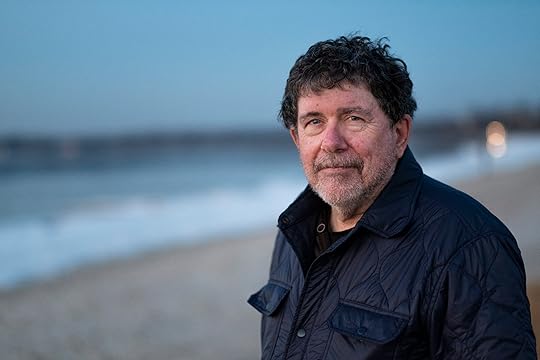
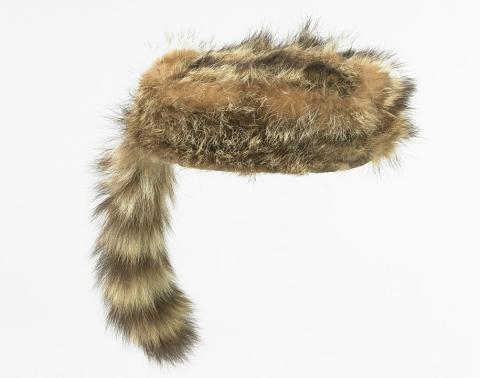
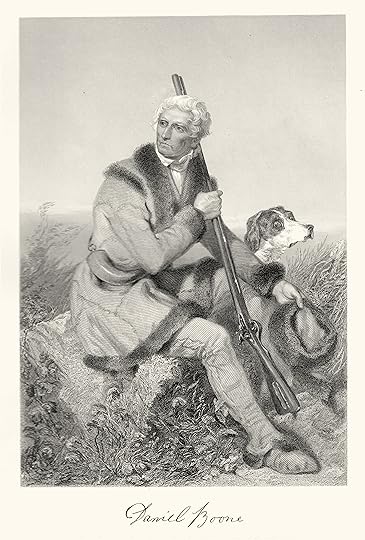
Like the Cherokee, the tribes north of the Ohio River strongly suspected that America’s War for Independence was being fought over Indian land despite high-minded slogans about taxation without representation. It was the Shawnee who recognized the earliest that this internecine conflict among the whites could only end badly for the tribe should the rapacious colonists prevail. Native American support of the Crown, in essence, was the lesser of two evils. It was not the British, after all, who had begun desecrating Kanta-ke with cabins and cornfields.Review first posted – May 21, 2021